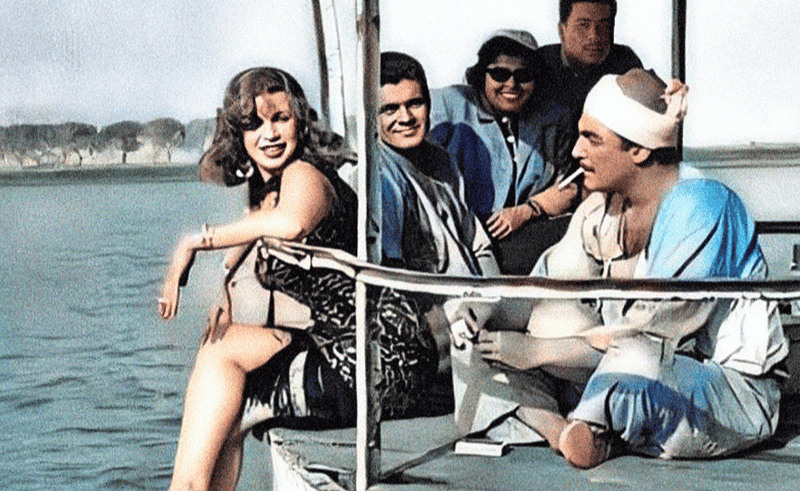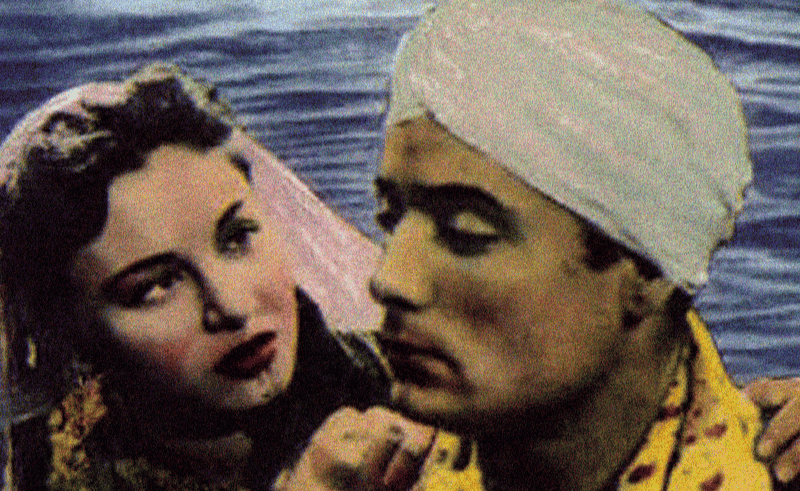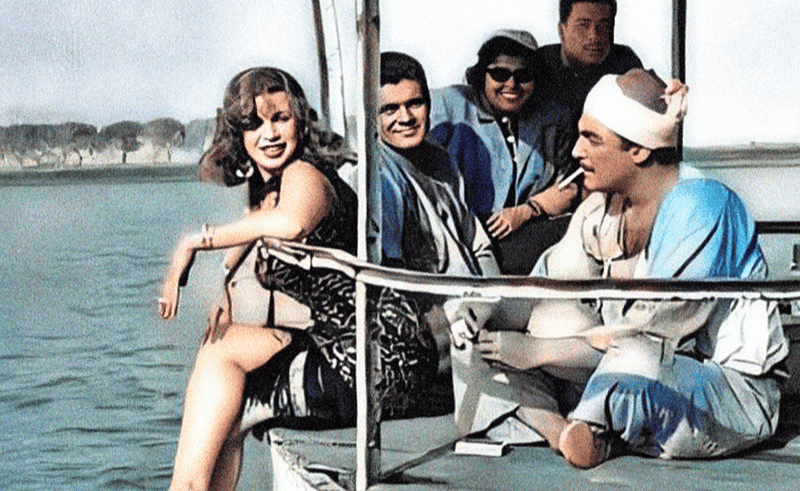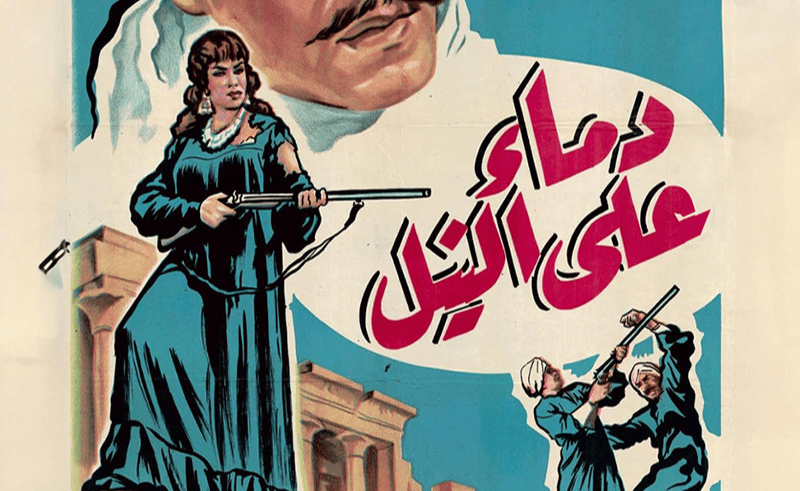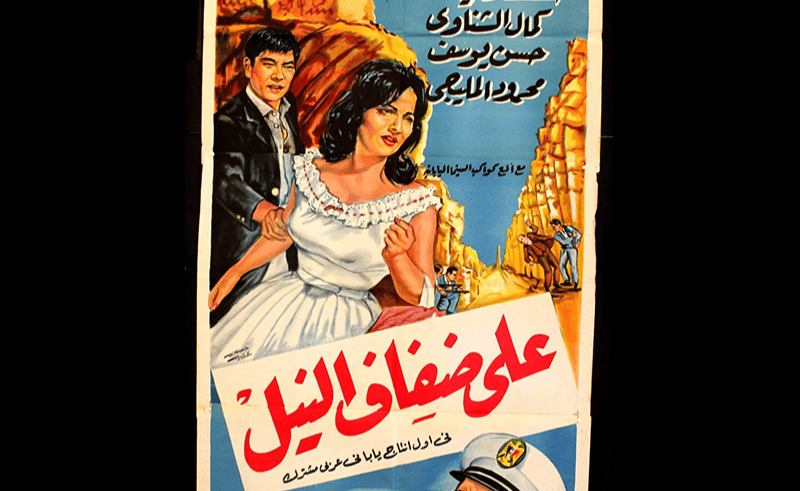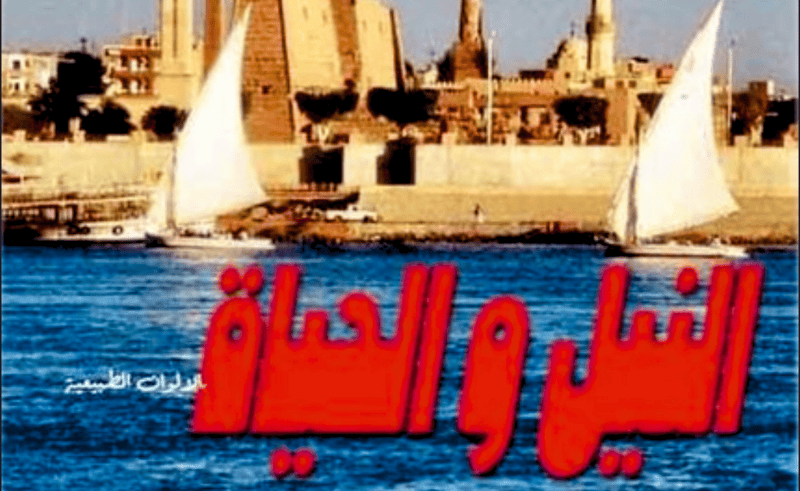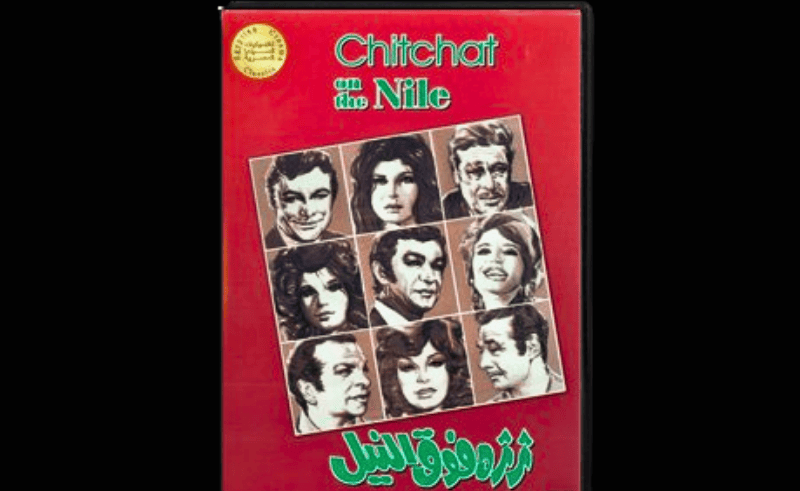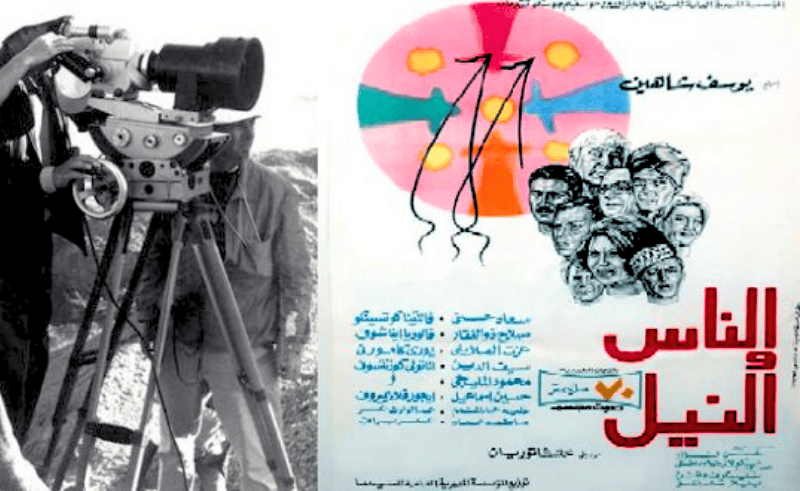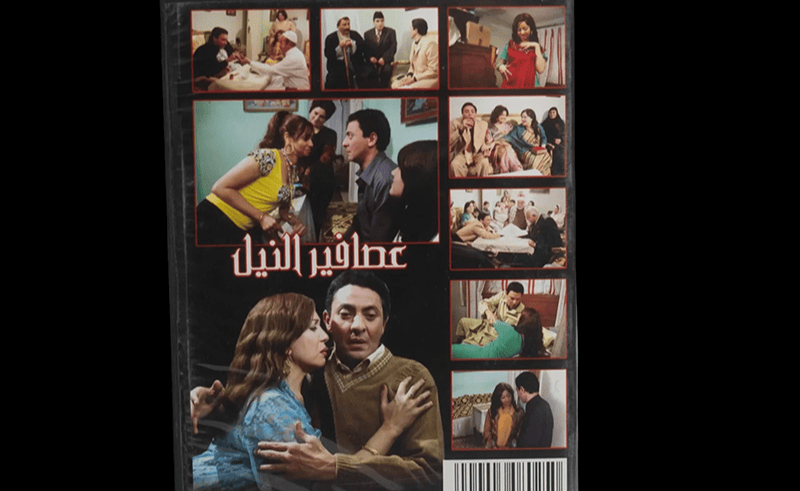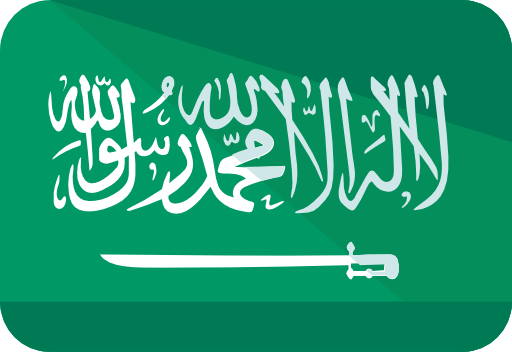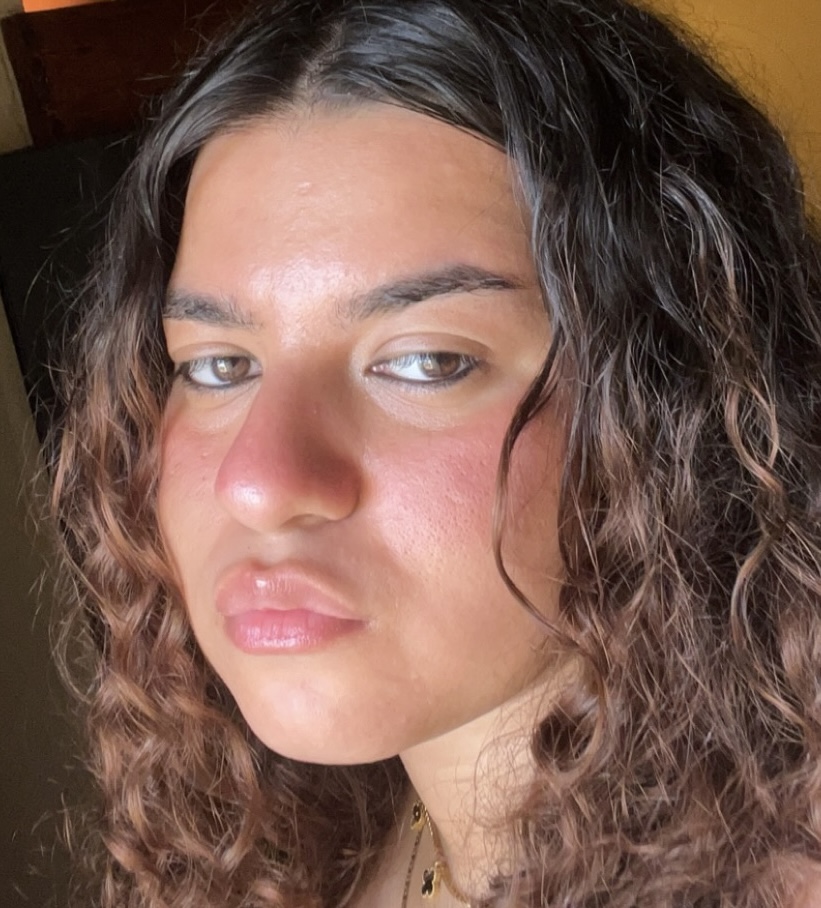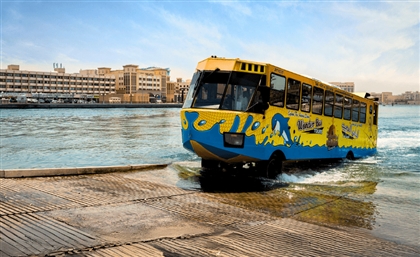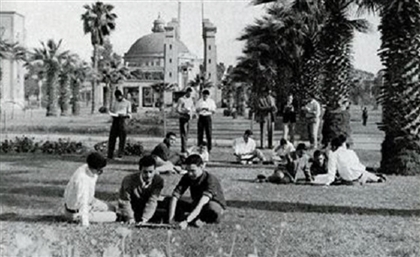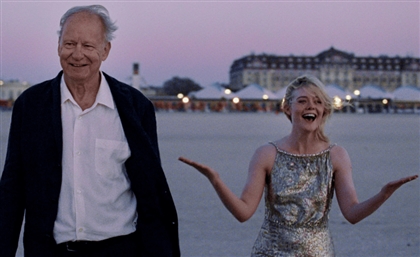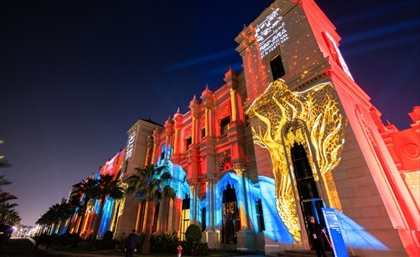The Ministry of Culture launched a new campaign highlighting films with the word "Nile" in the title, reminding us of its role in our stories.
A new campaign is putting the spotlight on Egypt's biggest protagonist: the Nile. The Ministry of Culture has taken over screens on select Metro cars, using them to display brief scenes from Egyptian films that feature the word ‘Nile’ in their titles. Inspired by the campaign, we’ve curated a list of our favourite Nile-centred films to celebrate how the river continues to shape Egyptian storytelling...
Ibn El Nile/Son of the Nile (1951)
Directed by Youssef Chahine and starring Shoukry Sarhan, Faten Hamama, Yehia Chahine, and Mahmoud El Meleji, ‘Ibn El Nile’ follows Hemaidah, a farmer who dreams of escaping rural life for wealth in the city. Believing his wife has died in childbirth, he flees to Cairo and joins a gang. His brother travels along the Nile to find him, only to discover Hemaidah living recklessly on a houseboat.
Sira’ Fi Al Nile/Struggle on the Nile (1959)
In Atef Salem’s ‘Sira’ Fi Al Nile’, starring Omar Sharif, Rushdy Abaza and Hind Rostom, young Muhassab accompanies his friend Mugahed to Cairo to sell their boat, the 'Bride of the Nile', and buy a new barge to support their Upper Egyptian village. A rival businessman plots to sabotage the deal, sending dancer Nargis to lure Muhassab - but her death in the Nile pushes the story into darker territory.
Dimaa Ala Al Nile/Blood on the Nile (1961)
Directed by Niyazi Mostafa, ‘Dimaa Ala Al Nile’ blends revenge and romance. Ghalia seeks to avenge her husband by killing his murderer Awwad, only to fall in love with him after uncovering hidden truths. The film ends with the pair sharing a quiet moment aboard a felucca on the Nile.
Ala Difaf Al Nile/On the Banks of the Nile (1963)
An Egyptian-Japanese collaboration, ‘Ala Difaf Al Nile’ was unusual for its time. It's an early example of a Japanese production shot overseas, being almost entirely filmed in Egypt. Also known as 'Arabu no Arashi' ('The Arab Storm'), 'Ala Difaf Al Nile' is a comical espionage film, following a young heir to a company who is sent away from Japan so that his misbehaviour wouldn't ruin the firm's reputation, only for him to accidentally get involved in Egypt's independence movement.
Arous Al Nile/Bride of the Nile (1963)
Inspired by a now-debunked legend about ancient Egyptians sacrificing a virgin to ensure the Nile’s flooding, ‘Arous Al Nile’ turns myth into fantasy. Directed by Fatin Abdel Wahab and starring Lobna Abdel Aziz and Rushdy Abaza, it follows petroleum engineer Samy, who falls for Hamis, the daughter of the sun god, visible only to him.
Al Nile Wa Al Hayah/The Nile and the Life (1968)
A joint Egyptian/Soviet production starring Salah Zulfikar and directed by Youssef Chahine, ‘Al Nile Wa Al Hayah’ explores Egypt’s transformation during the construction of the High Dam involving both Egyptian and Soviet workers. Through intersecting stories, it captures the country’s social diversity and shifting political aspirations, reflecting unity amid rapid change.
Tharthara Fawq Al Nile/Chitchat on the Nile (1971)
Based on Naguib Mahfouz’s novel, ‘Tharthara Fawq Al Nile’ portrays the disillusionment of 1960s Egypt under Gamal Abdel Nasser. It centres on Anis, a health ministry worker escaping his frustrations by joining a group of Cairo elites who gather on a Nile houseboat, exposing class tensions and personal struggles.
Al Nas Wa Al Nile/Those People of the Nile (1972)
A remake of ‘Al Nile Wa Al Hayah’ by Youssef Chahine, ‘Al Nas Wa Al Nile’ revisits the High Dam’s impact on Egyptian and Soviet workers, focusing on cultural integration, social challenges, and the shared ambitions behind the project.
Asafeer Al Nile/Birds of the Nile (2009)
‘Asafeer Al Nile’ opens with two lovers battling cancer, gazing at feluccas from a hospital window. The film, directed by Magdy Ahmed Ali, weaves together themes of illness, identity, and love while using the Nile as both a backdrop and a metaphor for life’s fragile beauty.
